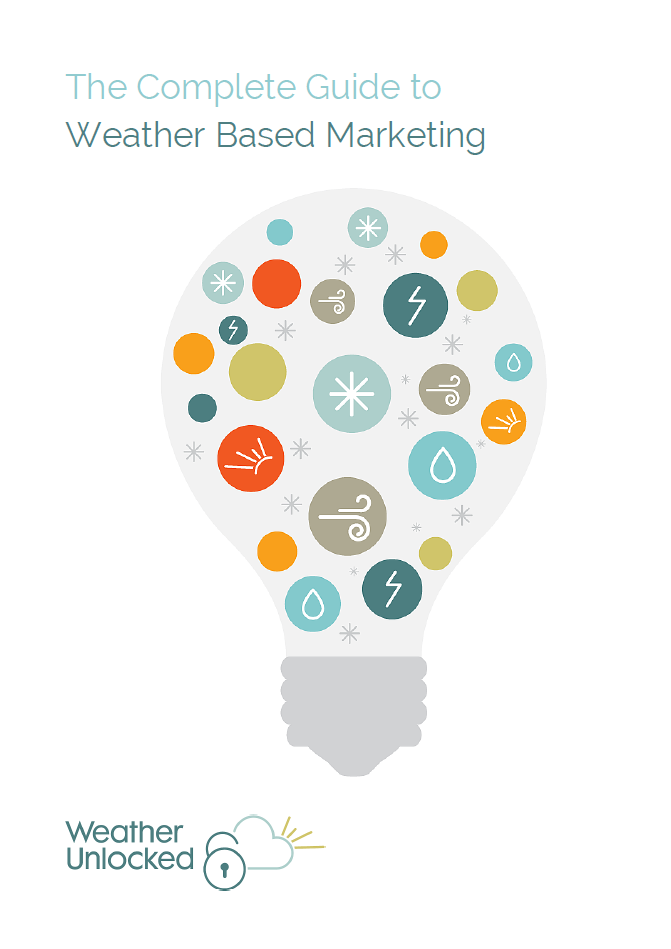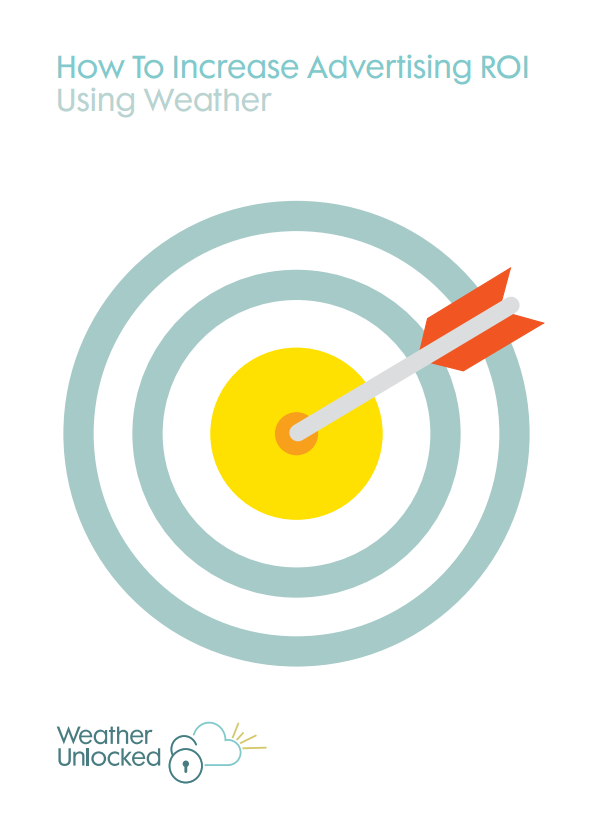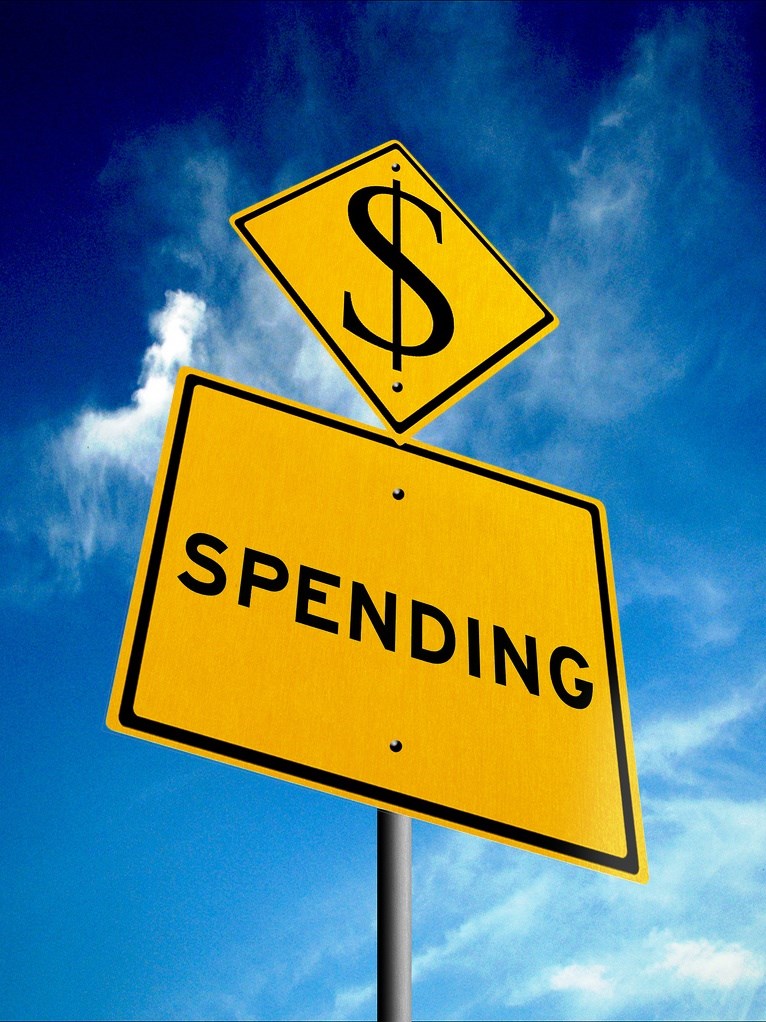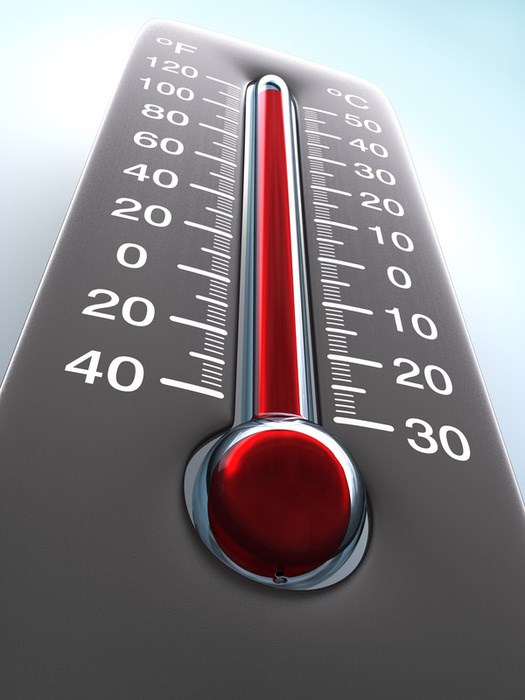The Effect of Weather on Consumer Behavior
Weather is the second biggest influence on consumer behavior after the state of the economy, according to the British Retail Consortium. It sets an individual’s emotional tone and massively affects their spending patterns. The sales performance of just about every consumer good can be impacted by a particular type of weather condition.
As consumers, the weather influences the types of clothes we wear, the type of food we eat, and even the type of car we drive (think 4x4’s in snowy weather, convertibles for sunshine). Most remarkably, weather determines just how much we are willing to spend on these goods.
‘The Journal of Retailing and Consumer Services’ shows that sunlight has a “massive effect” on consumers’ willingness to pay. The study found that on a sunny day consumers were willing to pay an average of $4.61 for a green tea compared with $3.35 in overcast conditions.
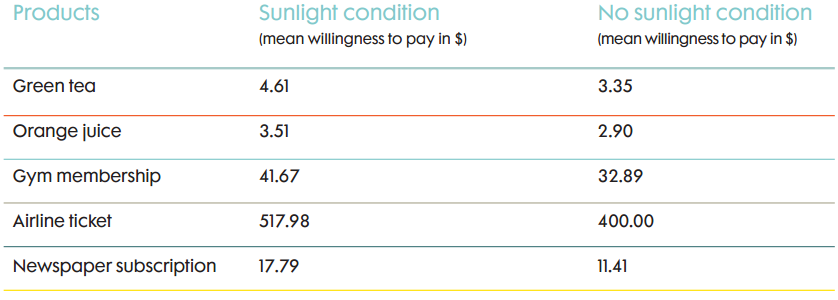
Source: ‘The effect of weather on consumer spending’ in Journal of Retailing and Consumer Services 17 (2010)’
However, it’s not just sunlight that impacts purchase behavior. Temperature, rainfall, snow and wind will all determine what products are more likely to sell.
“Sectors such as energy, retail, food, clothing, tourism, distribution, transport and construction are just as sensitive to minor changes in the weather as they are to movements in interest and foreign exchange rates in terms of the impact this can have on profits.” concludes a 2013 report published by the Allianz Group.
Supermarkets look at the forecast on a daily basis and alter stock requirements and pricing accordingly. They are able to forecast weather determined consumer demand with unerring accuracy, knowing that, for example, a 1 degree rise in temperature can trigger a 22% increase in demand for fizzy drinks, 60% decrease in porridge, and 90% increase in garden furniture.
However, whilst retailers have been using weather-driven demand forecasting for years, the marketing world has only recently begun to understand the potential of weather-responsive advertising for greatly improving campaign results.

